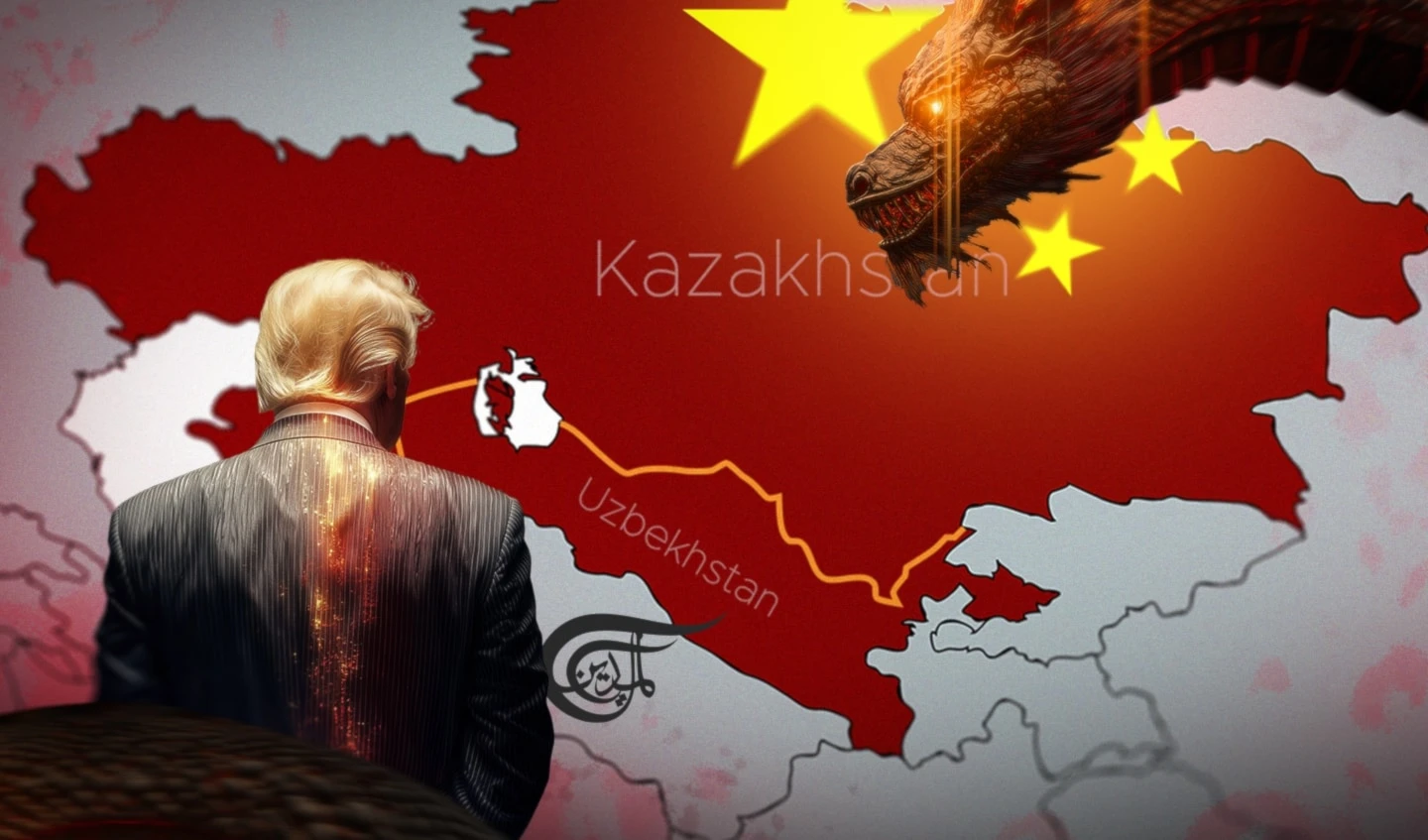The ‘Arab Façade’ for Israeli occupation in Gaza
Hints of Gaza’s post-war plan point to a token Arab authority under Cairo-trained officers, masking “Israel’s” settlement drive and security control.
-

The ‘Arab Façade’ for Israeli occupation in Gaza (Illustrated by Mahdi Rteil to Al Mayadeen English)
Hints about Gaza’s post-war administration suggest the replication of the West Bank model, where a Palestinian authority assumes token administration while “Israel” builds settlements.
Details shared by Egyptian mediators on the proposal accepted by Hamas this week include the training of at least 5,000 Cairo-trained officers to assume law-enforcement under the territory’s envisioned new administration.
In the event of the agreement’s implementation, an “interim” technocratic council will take over the Strip’s governance for a period of six months.
The occupation has long been working to subdue the Gaza Strip through local surrogates while simultaneously pursuing its ethnic cleansing. Last year, Tel Aviv began arming and funding criminal gangs among local tribes both to undermine Hamas’ administrative control and maximize the societal breakdown that would push residents to leave.
Prime Minister Netanyahu has repeatedly said that the non-Israeli authority he envisions ruling Gaza would belong neither to Hamas nor the Palestinian Authority, while “Israel” will retain overall security control.
These details suggest that the regime in Tel Aviv is mindful of the prohibitive financial and military costs of indefinitely administrating the region directly, a region it has so far failed to pacify despite two years of continuous assault.
With political and economic realities imposing an end to the active phase of the occupation’s genocidal rampage, the emergence of a non-Israeli Arab authority in the coming months would mark a fallback to a classic colonial cost-cutting measures, honed over centuries in the region to shift the burden of policing resistant populations.
A Perfected System
The indirect administering of colonial territories is as old as history, particularly in Western Asia. In the last two centuries however, it has been employed especially intensively, by European imperialists and their American successors, and perfected into its present form as the modern state system.
The formula of the modern Arab state-system was designed in the early 20th century by the British in the Mandate of Iraq, which was conquered from the Ottomans. After the Great Iraqi Revolt of 1920, in recognition that direct occupation and administration was financially unviable, the British Foreign Secretary and former Viceroy of India, Lord George Curzon distilled the strategy that would preserve British governance in plain sight.
He called this indirect form of administration the “Arab Façade”, a constitutionally fictional independence that masked the implementation of colonial rule via local comprador elites, their British “advisers”, and a web of treaties ensuring military, economic and foreign policy dependence on the “former” colonizer.
Throughout the inter-war period, this blue-print was increasingly applied in the Arab region, especially in Egypt, Lebanon and Syria, as both the scars of the First World War and the costs of the impending one altered the cost-benefit analyses of imperial administrators. After World War II and the bankruptcy of Britain and other European empires, this system was applied region-wide and beyond under the guise of decolonization. In the Arabian Peninsula, it was especially blatant in the system left by Britain’s imperial retreat from East of Suez post-1968.
In 2003, the U.S-led occupation of Iraq imported a whole class of expatriate dissidents stretching back to the monarchical era as well as former members of the Baathist regime to staff the new state it was constructing.
A Cover for Settlements
Palestine, however, may represent the most pernicious example of this phenomenon. The Oslo Accords of 1993 required the creation of a Palestinian state on the territories occupied in 1967, in exchange for which the Palestine Liberation Organization would recognize “Israel” within its pre-67 frontiers. The near-third of a century that has passed has only seen the entrenchment and expansion of the settler infrastructure in these territories, to the extent that Zionist ministers now boast of having buried the very state that Oslo was meant to create.
However, much recognition this hypothetical “Arab administration” in Gaza receive in the coming months, it will be no more than a façade, a legal fiction to camouflage "Israel’s" colonization and absorption of what remains of historic Palestine.

 Samuel Geddes
Samuel Geddes
 4 Min Read
4 Min Read











